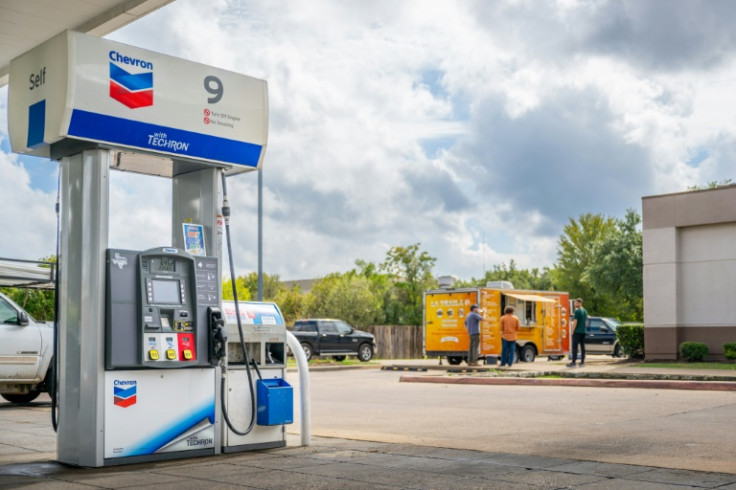
Annual inflation measured by the core Personal Consumption Expenditure (PCE) index slowed to the lowest level since March 2021. The cooldown reflects a drop in energy costs.
The index gained 3% in the 12 months through October, from 3.4% in September, the Commerce Department said in a statement Thursday. The core PCE, which excludes costs of food and energy and is closely followed by the Federal Reserve to decide on interest rates, rose 3.5% from 3.7% in September.
The data matched the estimates of economists surveyed by Reuters.
On a monthly basis, the index was unchanged from September. Excluding energy and food, there was a gain of 0.2%.
"After fears of 'sticky' and 'persistent' inflation, the month to month slowing in the core PCE readings is encouraging," Kathy Jones, Chief Fixed Income Strategist at Charles Schwab, posted on X after the data was released Thursday.
After fears of "sticky" and "persistent" inflation, the month to month slowing in the core pce readings is encouraging. Core pce has risen by 0.3% or less for 8 consecutive months. On a 3 month annualized basis, core pce is near the Fed's 2% target. pic.twitter.com/kDOybxO7S2
— Kathy Jones (@KathyJones) November 30, 2023
The report also showed that personal consumption sharply slowed to 0.2% in October from 0.7% in September, while income grew 0.2%, half the rate of the 0.4% posted in the previous month.
The Fed, which targets annual inflation of 2%, meets Dec. 12-13 to decide on interest rates. The U.S. central bank maintained its key rate in the range of 5.25% to 5.50% on Nov. 1, the highest level in 22 years.
The second estimate for the U.S. gross domestic product in the third quarter showed an economic growth of 5.2%, more than the first estimate of 4.9%. However, the data released Wednesday showed a downward revision for consumer spending and inflation in the period.
Senior Fed officials have said that the economy and inflation are reacting with a slowdown to the current level of interest rates. Their comments are being interpreted as a signal that the tightening cycle could have ended.







